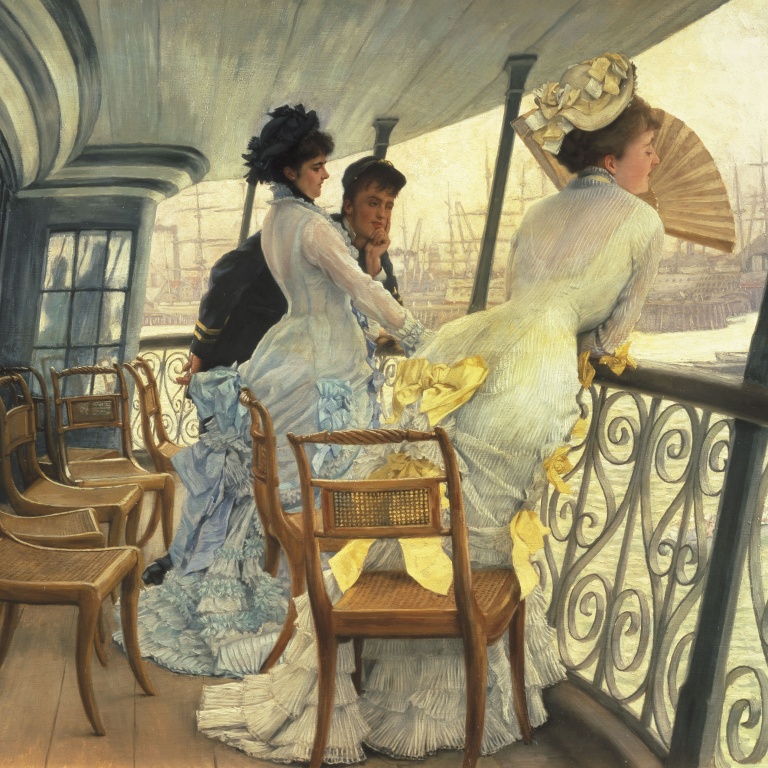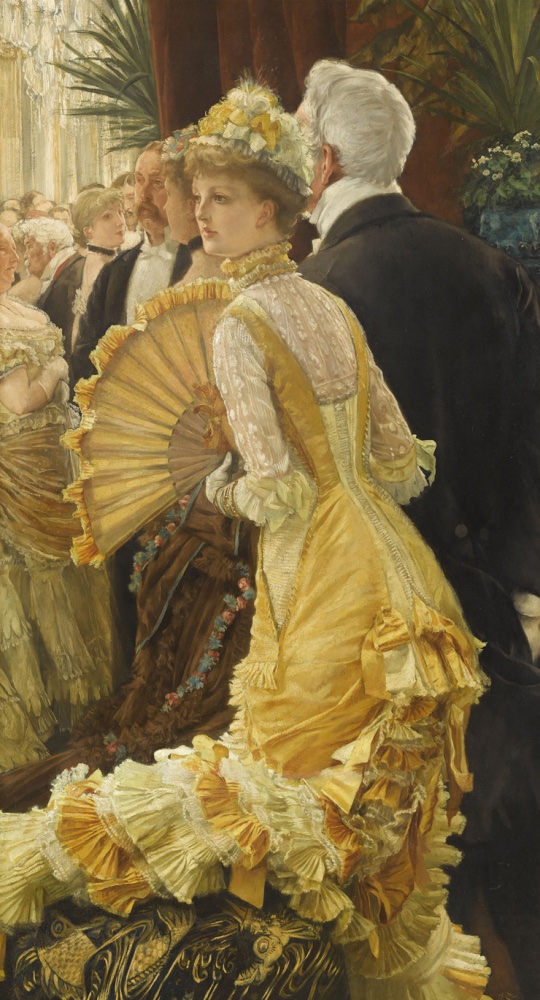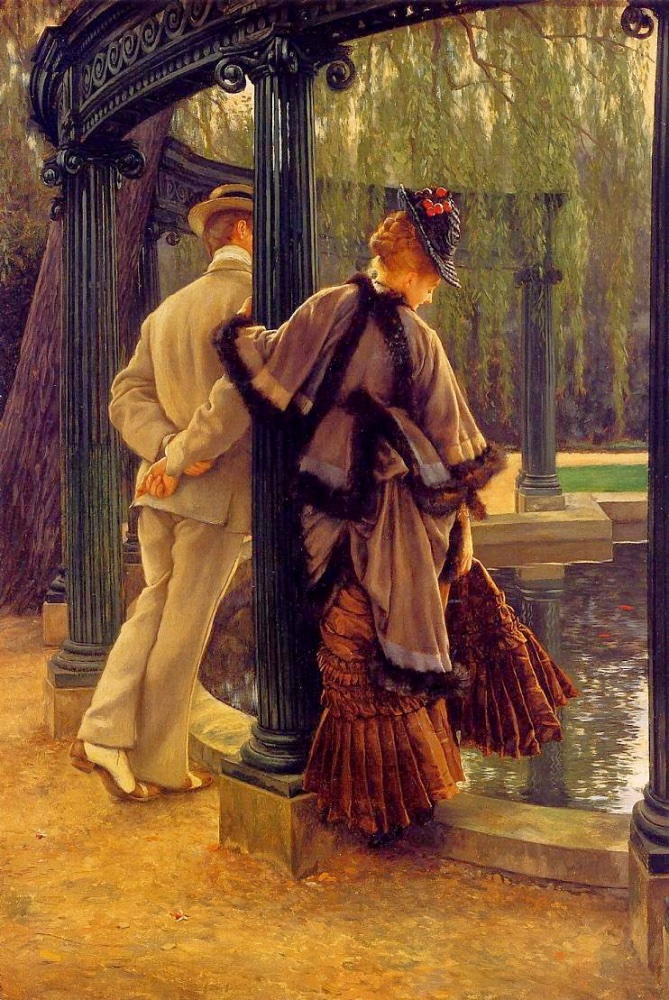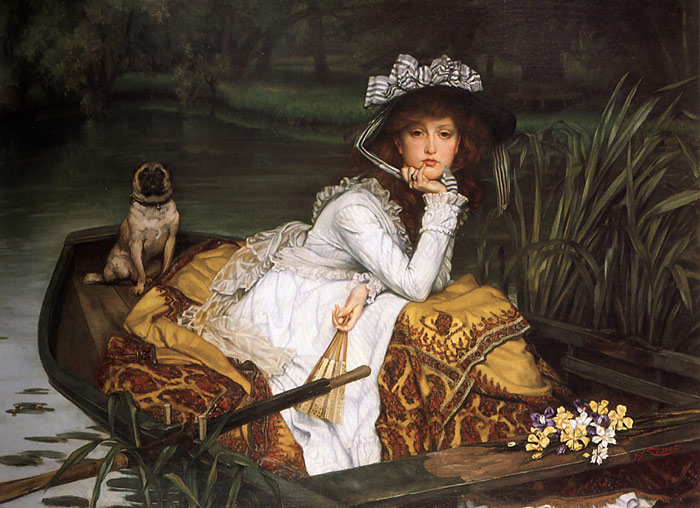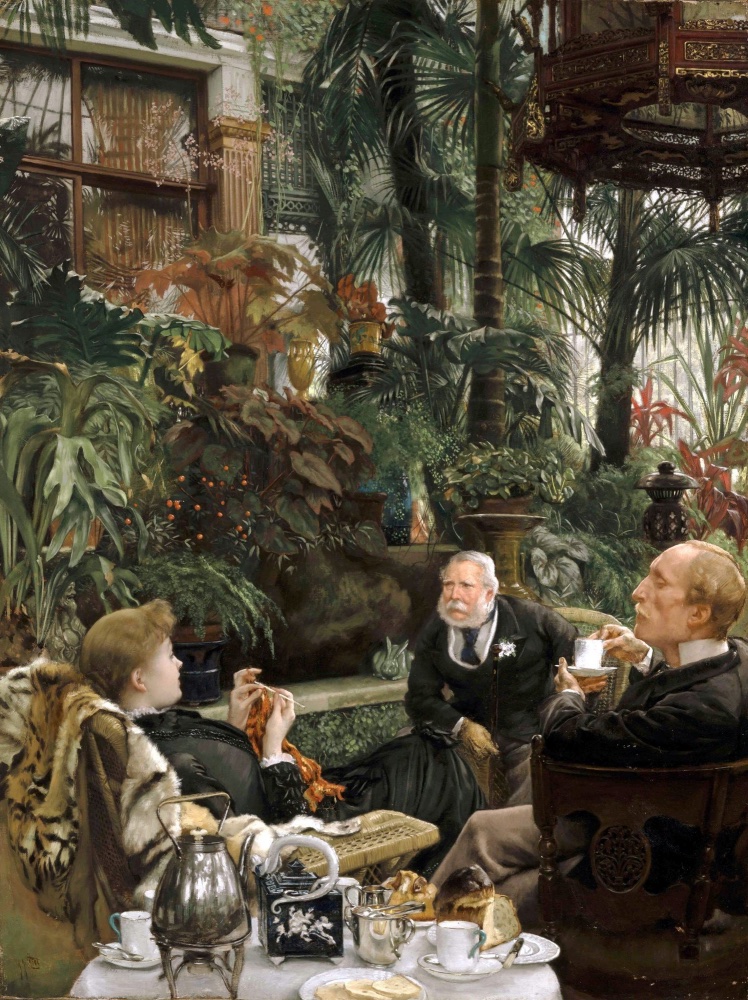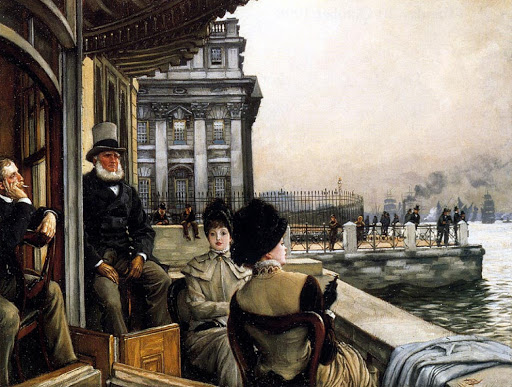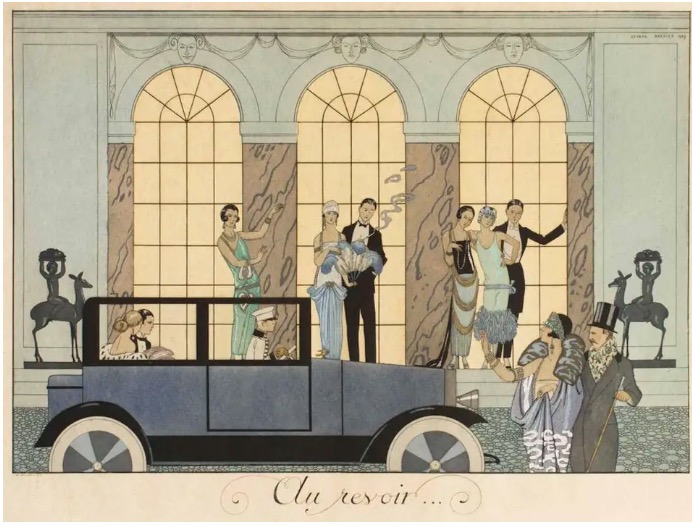C J Box rules.
The Wyoming author and native, C J Box, writes about what he knows. The bulk of his novels features Wyoming Park Warden Joe Pickett, an unsophisticated man who is very much committed to doing his job, which means catching bad guys who do not comply with government wild life rules. In the process he gets involved in any number of arcane plots, all well written. You come away with an appreciation for the man, his state and a realization of just how many bad guys there are out there.
Wyoming has so many exceptional statistics that it’s hard to know where to start. A state in which everyone seems to own a firearm, a state which is mostly under snow much of the year, and one where the lowest elevation is over 3,000 ft. This is a hard place to live, a place for true outdoorsmen and hunters, and one which permits natives an annual kill of one elk for winter food. Thus “Have you got your elk, yet?” is a common greeting between friends. With just under 600,000 residents, the state is the least populated in the US.

There are now 20 Joe Pickett novels.
I have read all twenty of the Joe Pickett novels over the years and recommend the series, especially for city dwellers who have no appreciation of the American wilderness. Easily the most striking character in the books is one Nate Romanowski, a sometime special forces operator and close friend of Pickett’s who has gone ‘off the grid’, allowing him to brings his own version of justice to the bad guys. Yup, he’s a cop, judge and jury type whose favorite weapon is a Freedom Arms 454 Casull revolver, one whose kickback will break the wrist of the uninitiated. A unique and fun character, he’s also a master falconer.
I visited Wyoming in the fall of 2003, driving east across Oregon and Idaho. Yes, bison and elk were to be seen in Yellowstone National Park in abundance, a special place:
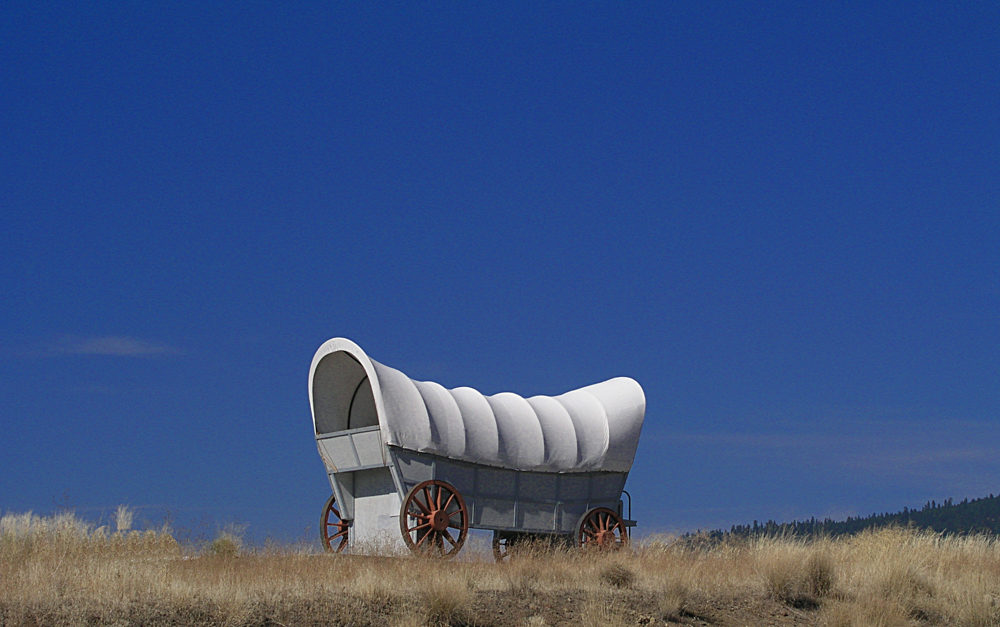
Conestoga wagon. How the west was colonized by white men.

Wild and desolate.
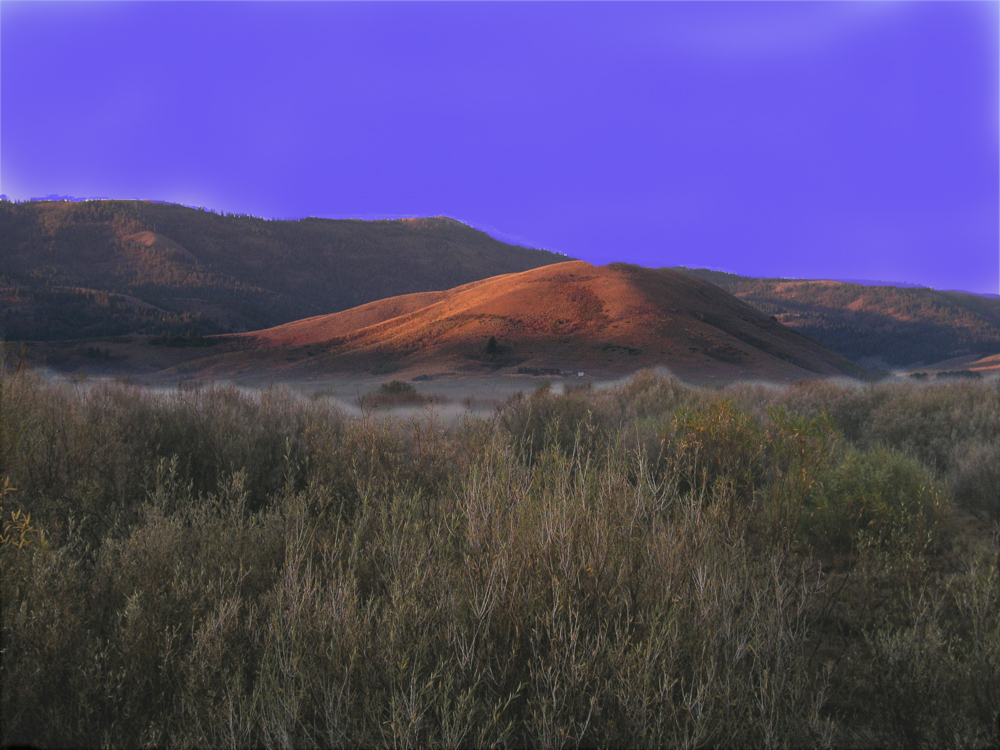
Sunrise.
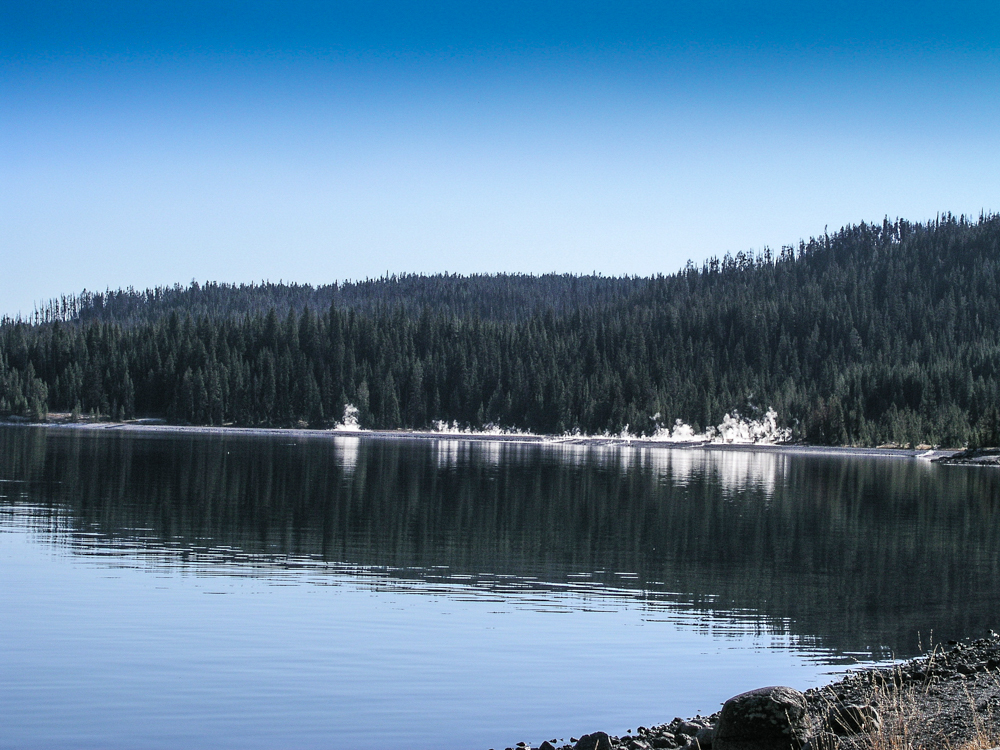
Yellowstone.

Near the Grand Tetons.
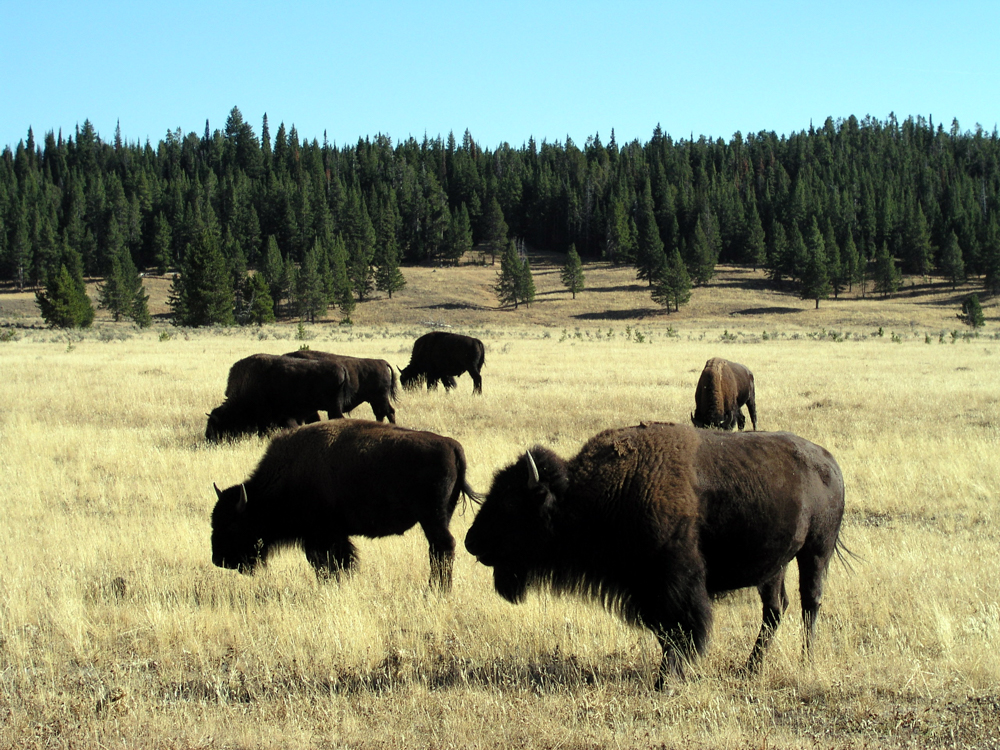
Bison.
The Pickett novels can be read in any order, and the latest – ‘Long Range’ – starts with a breathtaking narrative of the flight of a long range bullet en route to its target. I hate guns and the Second Amendment and its millions of abusers, but this is exceptional writing.
All images on an Olympus C5050Z, which delivered those nutty skies. My first digital camera.


